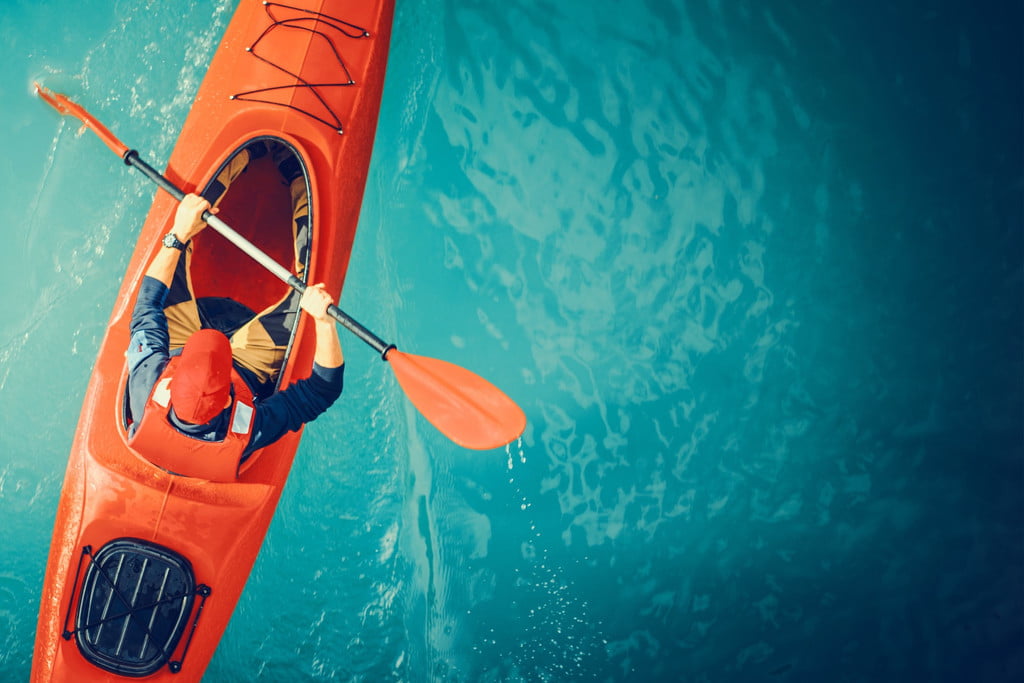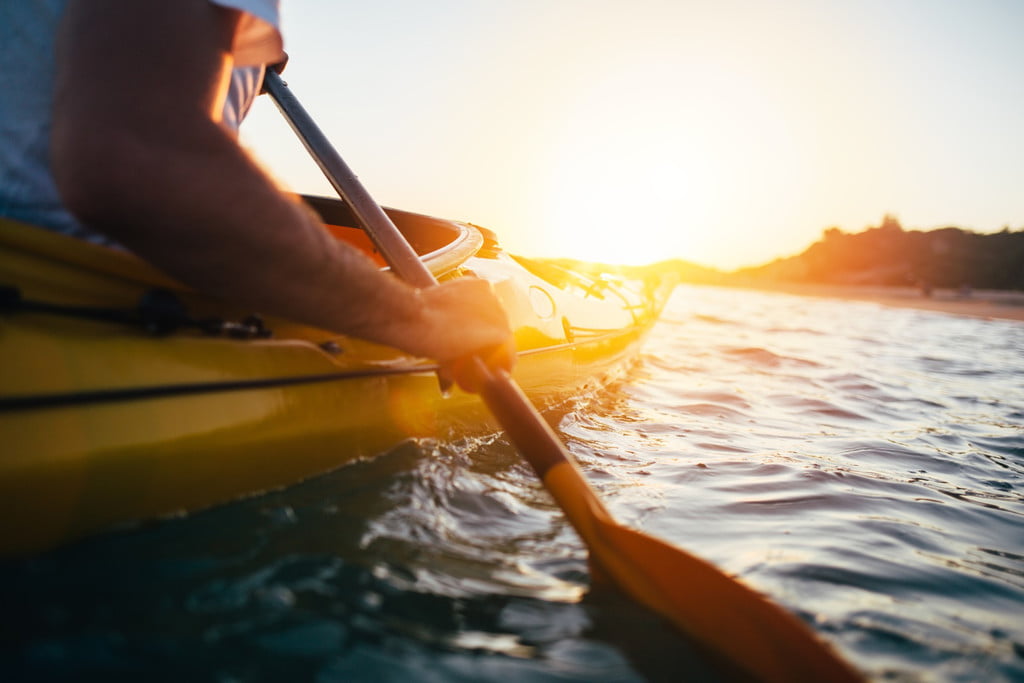Kayaking is a fun watersport for everyone that will likely spruce up any aquatic adventure with family and friends. It offers you exercise plus the opportunity to explore natural areas around you from an aquatic vantage point. While kayaks are available on the commercial market at a variety of price points, we know some of you are the type that just love the chance to DIY. Do-it-yourself kayaks can be constructed from any number of materials and the finished outcomes range from “maybe it will float” to “full-fledged oceanic craft.” In this article, we will explore the world of DIY and outline why or why not buying might be the better choice for you.
Should I or shouldn’t I?

So, here’s the thing: Only you can truly answer if building a kayak is the right choice for you and your family. Some things to consider that might help you answer this question are: Do you enjoy DIY projects? Do you have access to a workspace? Can you imagine putting in potentially long hours refining and executing your project?
If you answered yes to all of these questions, then DIY kayak construction sounds right up your alley. If, however, you find yourself feeling indecisive, keep reading and see if that spark of inspiration captures you. While this could be the perfect chance for you to build a kayak, it’s the kind of project that can be executed at almost any time of year. Even if this is not the right moment for you, who knows what inspiration will come from learning more about the process.
Is buying a kayak right for me?
Sometimes we all have to decide what is best for ourselves and our households. What works for one of us may not work for all of us. There are many perfectly good reasons for purchasing a new or used kayak. For starters, you can be a bit more assured that your purchase will stay afloat for years to come.
In general, kayaks are crafts that tend to last a pretty long time even with a lot of use. That means if you buy a new kayak today, you can expect to use it for many years down the line with proper maintenance and repairs. On the other hand, it’s possible to construct a similar kayak just like our ancestors did. But that requires some skill sets you may or may not have right now.
Only you can decide if buying or constructing a DIY kayak is right for you. However, chances are that if you’ve caught the DIY itch, then you have an exciting project to look forward to. Both buying and constructing kayaks are enjoyable ways to prepare yourself for some adventurous hours in the great outdoors. What could be better?
Choosing the right plans
There are a ton of great seaworthy DIY kayak plans out there. You will find everything from instructions to build traditional dug-out style wooden canoes, canoes made of PVC, canoes made of cardboard, canoes with external flotation support, and canoes built from scratch that mimic the most respected commercial products out there. Like many DIY projects, the sky is really the limit here.
Building a wooden kayak is quite a hefty undertaking. But if you have access to a woodshop and are already skilled with tools — and just love the idea of setting off in your own purpose-built watercraft — then maybe it’s the right choice for you. If you consider yourself more of a DIY noob, then you will be happy to know there are a ton of cool kayak plans out there for low-intensity projects. These probably won’t allow you to cruise across the Delaware River or cross the Bering Strait but could provide some enjoyment as you joyfully watch your boat lose its buoyancy.
To decide which DIY kayak plans to use, you need to figure out how much time and what other resources you can devote to a project of this nature. Purchasing an entirely new woodshop is possible, but we only recommend that if it fits within your budget. If you are looking to construct something over an afternoon or two, that’s definitely doable. But don’t expect to create a vessel that will rival your friends’ expensive commercial kayaks.
Building a quality kayak requires patience, commitment, and perseverance. If you already have or want to nurture those qualities, then this project could be a great way to do it. If you aren’t that serious about this but would like to throw something fun together with cardboard and duct tape, the good news is there are some great options out there for you, too!
Set sail on the seas of adventure

No matter how you slice it, kayaking is an amazing activity that will get your pulse pounding and bring you closer to nature. If you share this passion then chances are you will have a great time either purchasing or building the kayak of your dreams. With a little savvy shopping or well-considered crafting, you will be out on open water in no time.
The kayak of your dreams might be closer than you think. Whether you need to use the power of your credit card or the might of your band saw is up to you. The bottom line is quite simple: You are going to love adventuring on your new kayak. Oh, the places you will go and the adventures you will have. Here’s to all the enjoyment you will have exploring bodies of water near and far. Best of luck, fellow mariner.


